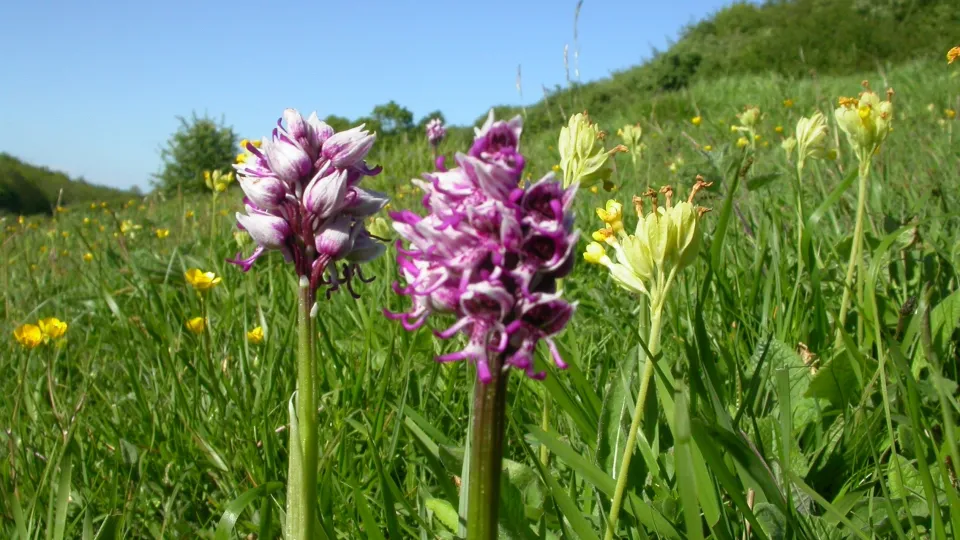
Park Gate Down - The Hector Wilks Reserve
Ancient chalk grassland with a very rich flora.

Ancient chalk grassland with a very rich flora.
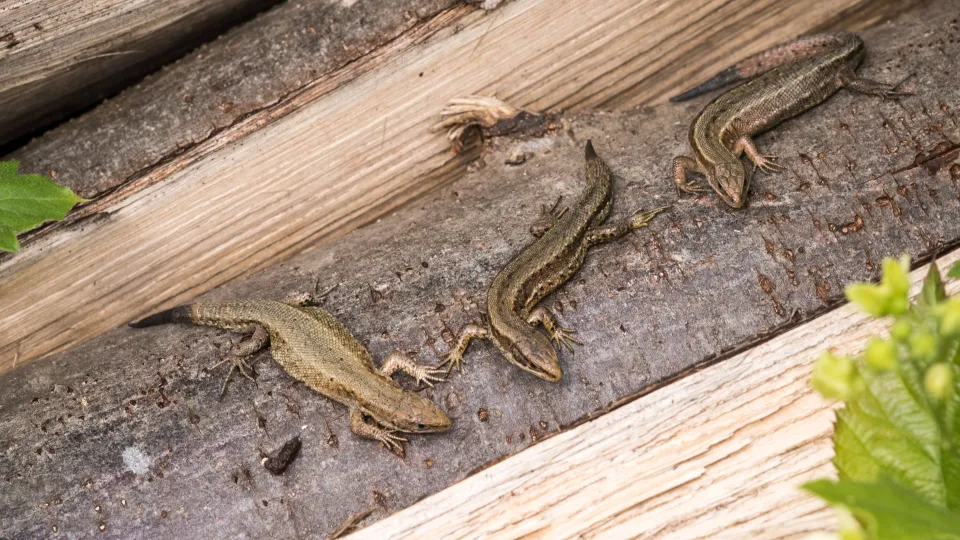
The 'Bank' is almost four hectares of chalk grassland on a southeast-facing hillside with commanding views of the Darent Valley.
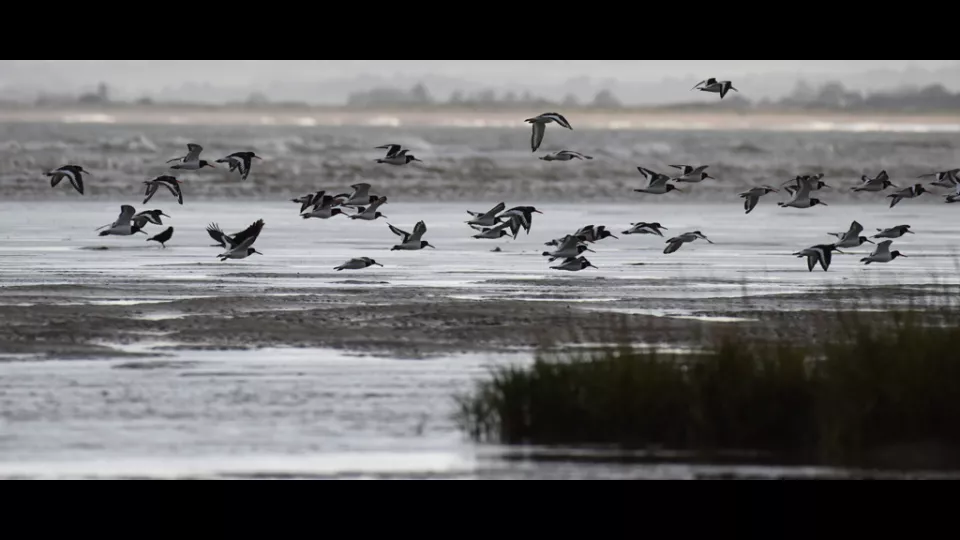
Listen to the rolling waves on the sand and shingle, breathe in the saline scents of the saltmarsh, and watch the wonderful wildlife this very important and sensitive National Nature Reserve has to offer.
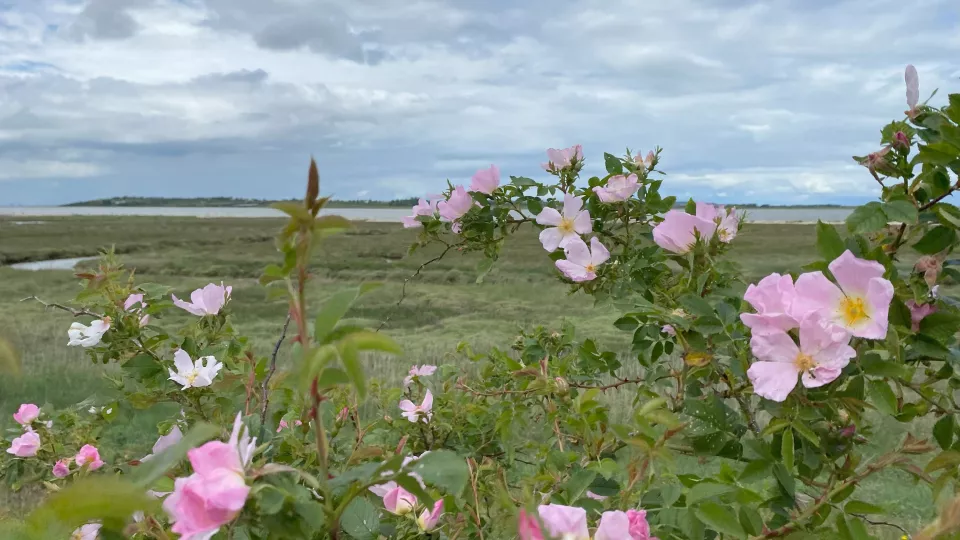
In the winter, South Swale welcomes migrating birds such as brent geese, turnstones, dunlin, avocets, osytercatchers and ringed plovers. In the summer, it's home to carpets of flowers which attract butterflies and some rare bee species!
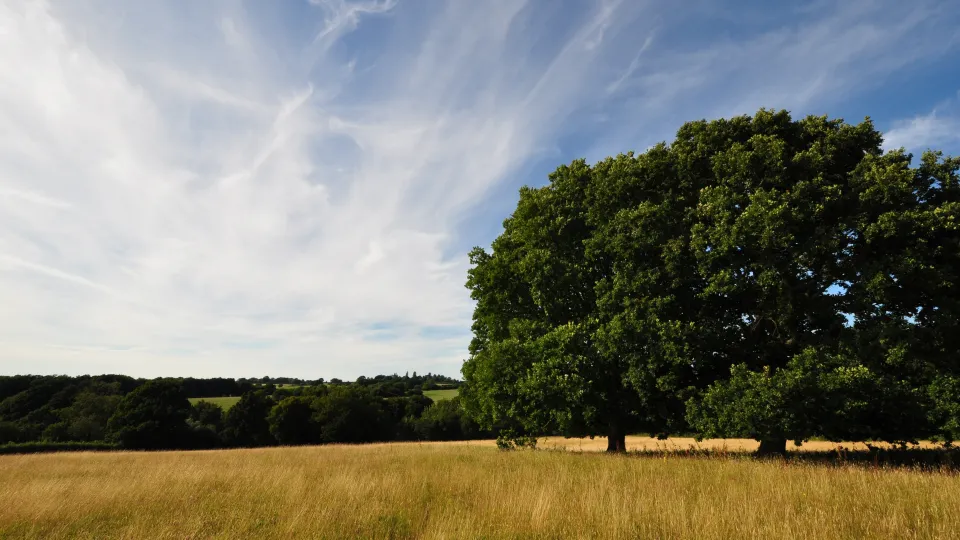
The reserve is managed as part of an organic livestock farm in partnership with a local farmer and consists of neutral grassland, a small stream, a pond and areas of scrub and mature woodland.
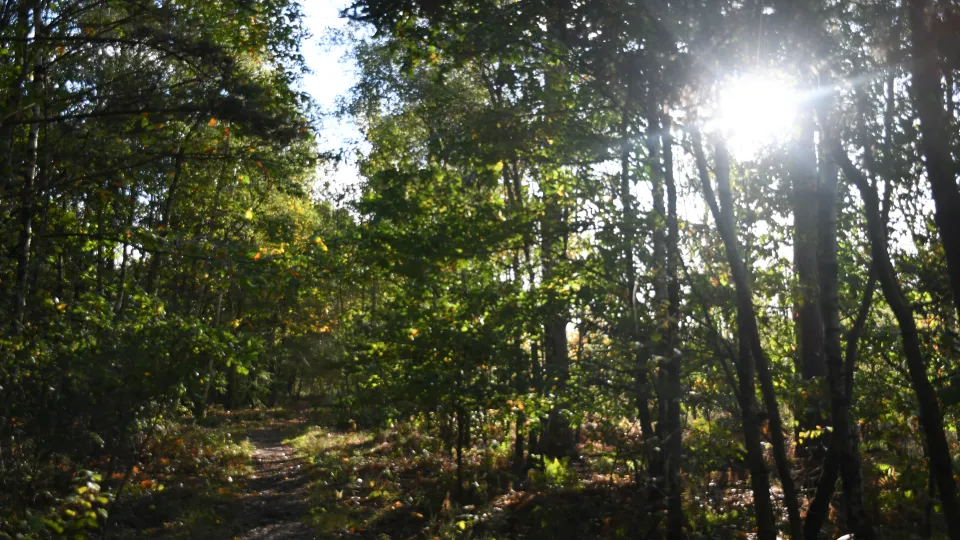
The ever-changing wood, home to the Wilder Blean project where we have introduced European bison.
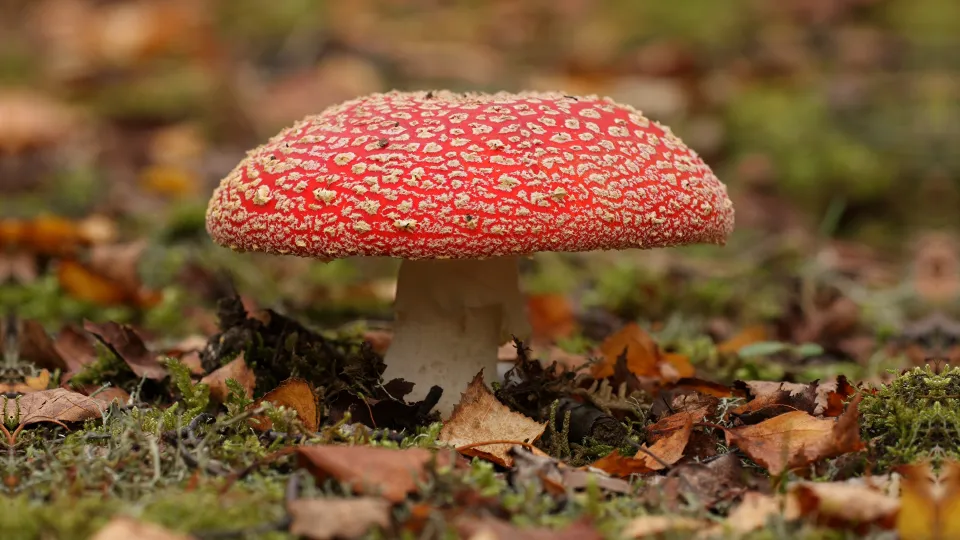
Part of an internationally important yew woodland, with steep chalky slopes occupied by a dense stand of yew overtopped in places by mature ash and beech.
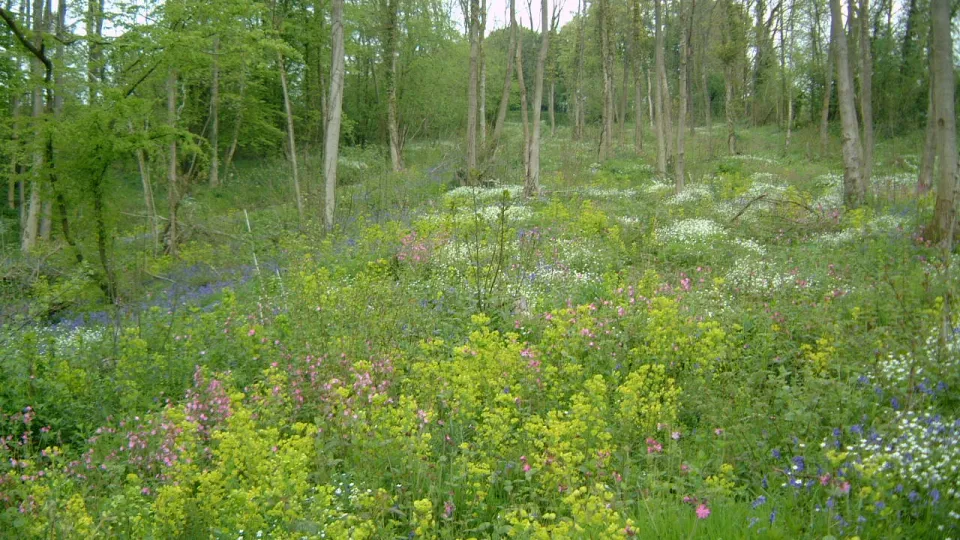
This must-see site for orchid aficionados has ancient woodland on a chalk escarpment with a clay cap. The slope of the valley supports mixed woodland of ash, hornbeam and beech with a hazel understorey.
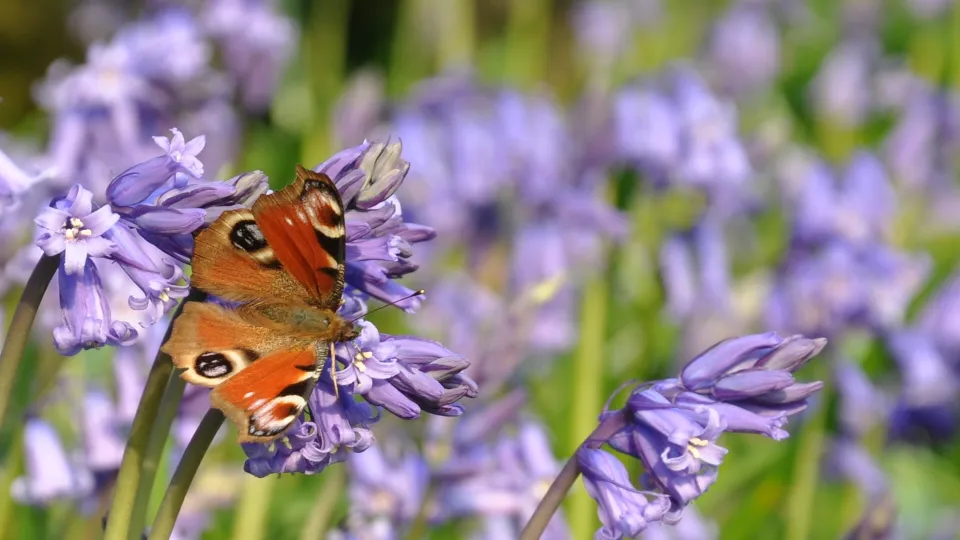
Ancient woodland with heathland and bog
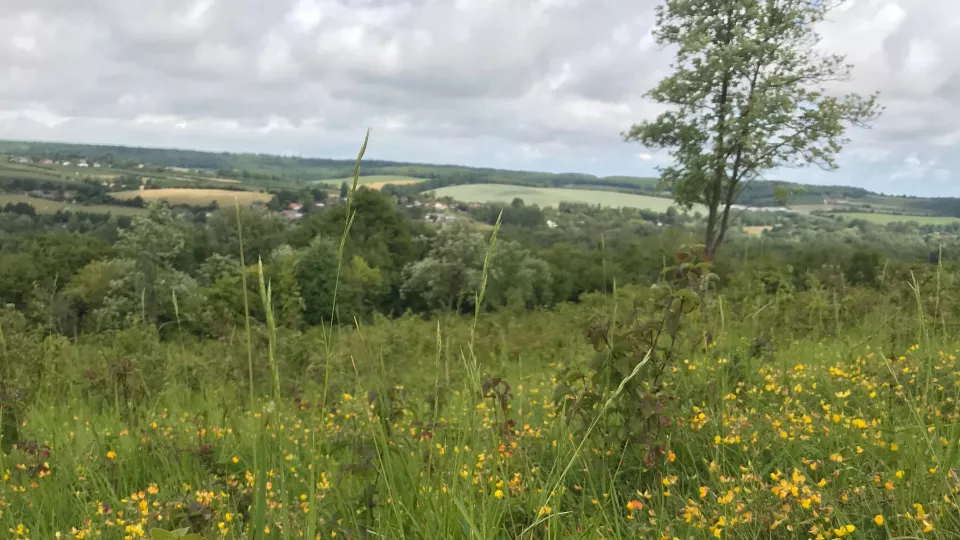
A tucked away area of downland forming a haven for wildlife. The breath-taking views across the Stour valley on the north end and towards Ashford on the south end also are a sight to behold.